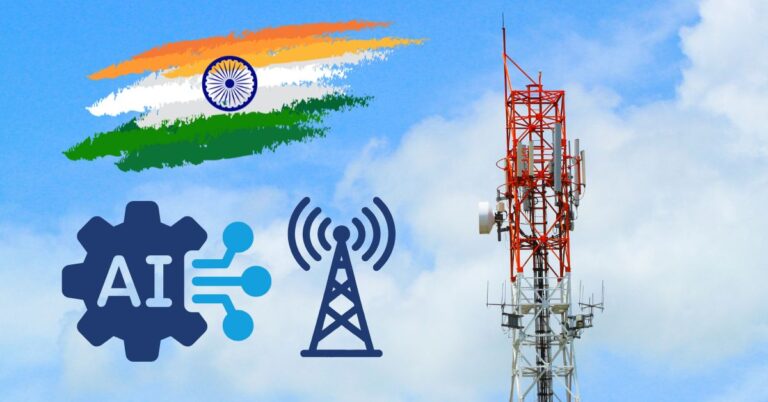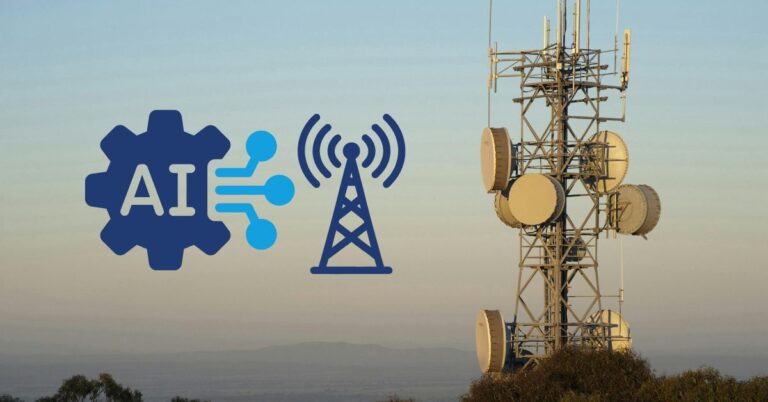KDDI has announced that it has installed a 5G base station at its Tokyo campus, making it the first of its kind in Japan, as all components have been placed underground to avoid exposed antennas.
According to KDDI, the setup features a cabinet that hides all equipment below ground level and is suitable for urban areas and historical sites to minimize the visual impact of base stations. Unlike tower or roof-mounted base stations, the antennas of this unit are not visible.
KDDI initiated the project in 2018, began operating the base station in December 2022, and verified radio wave propagation characteristics in February, with a communication area of around 50 meters in radius. The company stated that the site is more effective in providing coverage at ground level since it emits radio waves upwards rather than downwards and also highlighted that the antenna is protected from strong winds. KDDI plans to install additional units, starting with the Bikan historic district in the city of Kurashiki.

































